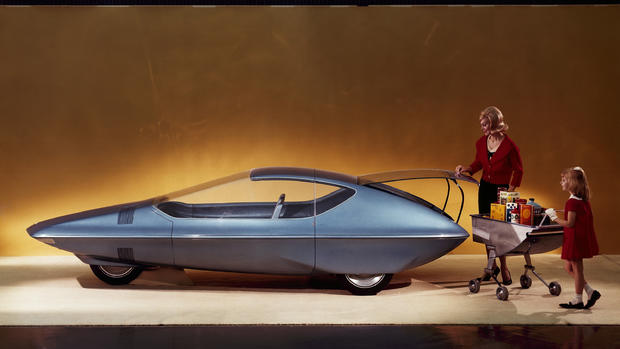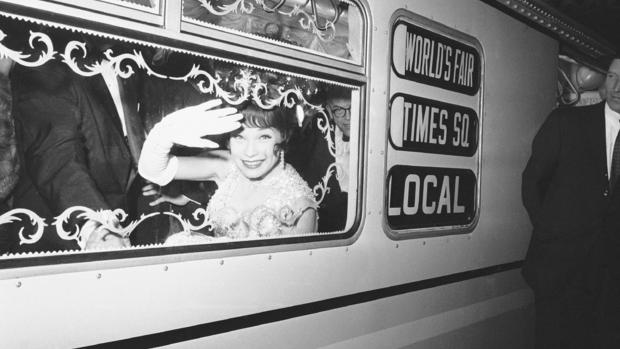1964 World’s Fair tech predictions had some hits, misses
NEW YORK - Video phone calls? Yeah, we do that. Asking computers for information? Sure, several times a day. Colonies on the moon and jet packs as a mode of everyday transportation. OK, maybe not.
The New York World's Fair of 1964 introduced 51 million visitors to a range of technological innovations and predictions, some that turned out to be right on the money and others that, perhaps thankfully, were way off the mark.
At the Bell System pavilion, engineers touted a "picturephone" that allowed callers to see who they were talking to, a concept that lives on in modern-day apps such as Skype and FaceTime.
"We were still a little more of a formal society," Walters said.
The fair also gave wide exposure to the power of computers, which at the time were seen as huge cabinets of blinking lights and electrodes operated by big corporations. At the IBM pavilion, visitors saw a computer system in which a machine took in a card with a date written on it and gave back another card with a news story from that date. At the NCR pavilion, a computer would answer scientific questions or give out recipes from a cookbook.
Hmm, asking a computer for information? Well, hello, Google. Hi there, Siri.
"I don't think it's a stretch to say in a lot of ways this fair was key to familiarizing people with and really normalizing the concept of working with computers," said Ryan Ritchey, a Philadelphia filmmaker who's making a documentary about the fair.
That "animatronic" exhibit and three others, including one featuring a robotic President Abraham Lincoln, showed characters moving in lifelike ways, including smiling and blinking.
"This is the first time that millions of people had the opportunity to see something that could be described as robotic. The special effects you could see in the World's Fair blew away what you could see in the movies," said Joseph Tirella, author of a book about the fair.
Of course, not everything presented as the way of the future came to pass, as seen in some of the views of the future in the "Futurama 2" ride put together by General Motors. It included scenes of colonies on the moon as well as in Antarctica, huge underwater dwellings and a machine that used a laser to cut through rainforests, leaving behind paved roads.
Regardless of whether such notions survived, observers say the fair offered a vision of the world's potential that made it seem like anything was possible.
"It really seems like 50 years ago, we had more exciting visions for 50 years in the future than we do now," Ritchey said.

